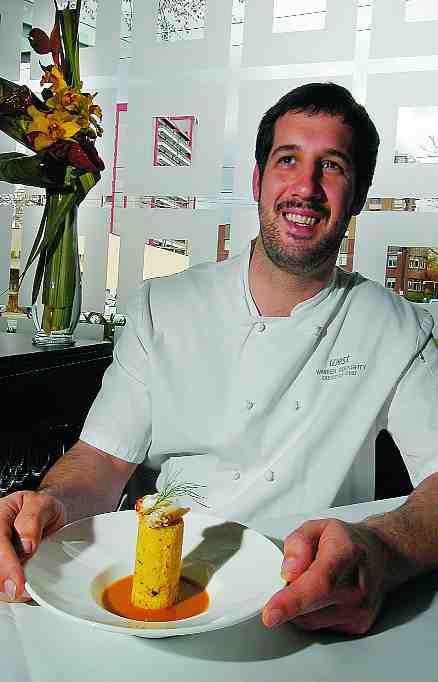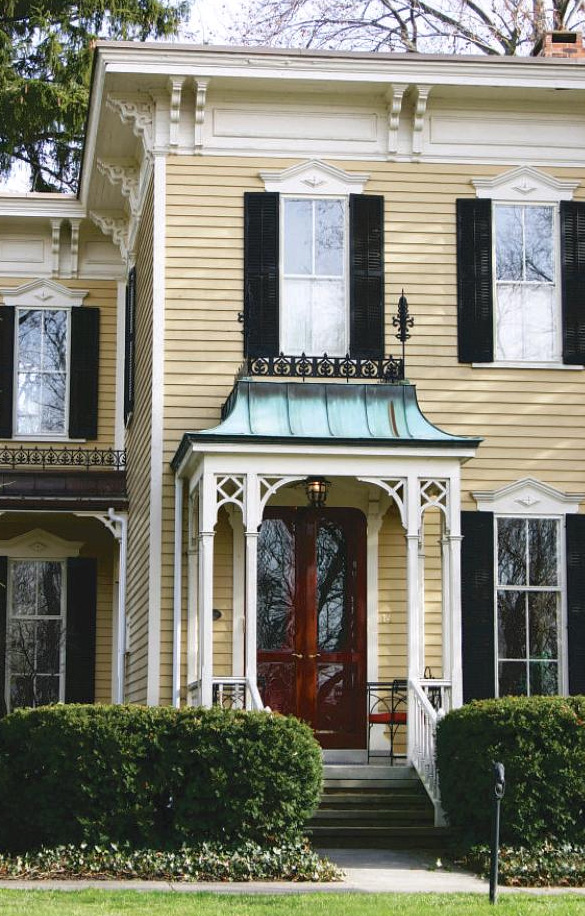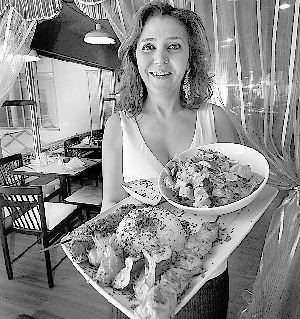Eric Shackleton
Other
TORONTO – Canada’s cooling real-estate sector is slowly moving toward a more balanced market, but there won’t be any bust like that seen in the U.S. following the subprime mortgage crisis, Scotiabank economist Adrienne Warren said Thursday following the release of several housing reports.
“We have been anticipating lower sales this year and more modest price increases,” said Warren, senior economist at Scotia Economics, after the bank forecast overall sales 15 per cent below last year’s record levels, with home prices increasing on average about five per cent.
“We’re finally seeing that slowdown actually appear in the housing data – housing starts, home sales and price increases.”
On Wednesday, the Canadian Real Estate Association released a survey showing that during April new listings rose by more than sales activity, making it more of a buyer’s market than in any other month in the past nine years
Warren said some regional markets have certainly slipped into the buyers’ category, in which the number of sales is less than the number of properties listed, giving buyers more bargaining power. But nationally “we’re not quite there yet.”
“Calgary and Edmonton, those are clearly buyers’ markets,” she said.
In Alberta, “we’ve seen sales fall off more sharply than in some other areas of the country because of high housing prices. We’ve also seen a significant flood of new listings and new home building.”
Looking at other markets, though, across the country, said Warren, “most of your major urban centres are still modestly sellers, but not as much as they were in recent years. We’re moving towards more balance.”
That’s why, she said “we’re moving from 10 per cent (price) increases, which is a buyers market, to five per cent increases which would be a slight sellers market.”
Said Warren, “by 2009 nationally you’ll be in a balanced market, where prices are growing in line with inflation.”
At the moment, however, said Pascal Pelletier, a housing analyst with Canada Mortgage and Housing Corp., Canada is still basically a sellers market.
Canada Mortgage and Housing Corp. forecast Thursday that new home construction in Canada will slow to 214,650 units this year, from last year’s 228,343, with seven out of 10 provinces registering declines.
As well, the national housing agency says the number of existing homes sold is expected to fall by 8.5 per cent.
The downward trend will continue in 2009, CMHC said, with housing starts dipping to 199,900 and existing home sales crumbling another 2.3 per cent to 465,000 units.
“Most of the pent-up demand that built up during the 1990s has now been fulfilled and residential construction activity will gradually move in line with Canadian demographic fundamentals,” said CMHC chief economist Bob Dugan.
“These factors will continue to exert downward pressure on housing starts,” he said.
Warren said “cracks are appearing on the new home front as well,” as demand for new residential building permits has fallen sharply and price increases are moderating as inventories of unsold homes trend higher.
But despite the cooling trend, all of the reports said Canada’s housing market remains healthy and activity this year, while off last year’s record levels, will be strong by historical standards.
“I don’t think you’re likely to see a whole lot of price discounting in homes at this particular period, given that the economy is still holding up fairly well,” said Warren.
“There are no major strains in the housing market as of yet, but certainly sellers are not going to have the option of being price setters anymore,” she said.
“I don’t think they can expect to see, in most cases outside of a few hot pockets, multiple offers and bidding wars because there are fewer buyers and more choice for those buyers.”
Despite the slowdown in the Canadian housing market, no U.S.-style meltdown is in the cards, said Warren.
“First, home prices in Canada are not substantially overvalued,” she pointed out. “Second, there is still little evidence of widespread speculative home buying that often accompanies the late stages of a housing boom.”
As well, Canada’s real estate market is not overbuilt and households are not excessively indebted, she added.
“At the end of the day, we predict a soft landing for the Canadian housing market, with somewhat lower sales and construction, and a period of relatively flat inflation-adjusted home prices.”
Dugan pointed to strong economic fundamentals such as employment levels, rising incomes and low mortgage rates as providing solid foundations for residential housing this year.
The CMHC forecast sees average home prices rising 5.1 per cent this year and 3.3 per cent in 2009, after average annual increases of about 10 per cent from 2002 to 2007.
What “we’re seeing is the end of a long housing boom being reinforced by softer economic conditions, tighter credit markets, and in some places pressure on consumers from rising fuel and food prices,” said Warren.
So far, “we haven’t seen any rise in defaults on mortgage payments,” she said. “Canadian household finances are still quite sound, job markets are quite strong, wage growth has been quite strong.”
Mostly it is the affordability issue that has seen some potential homebuyers seeking out less costly ways of getting into the market, she said.
“We’ve definitely seen a shift towards the condominium market which is more affordable,” and changes in mortgage product mixes by financial institutions such as “less down, longer amortization periods to make it more affordable.”
On the interest rate front, she said, “we do expect that the Bank of Canada is probably going to lower interest rates a little bit more over the next couple of months.” That should also help support the housing market.
CMHC says prices of existing houses will rise this year by 9.3 per cent in B.C., 3.6 per cent in Alberta, 26.1 per cent in Saskatchewan, 13.5 per cent in Manitoba, 3.5 per cent in Ontario, 4.7 per cent in Quebec, four per cent in New Brunswick, five per cent in Nova Scotia, three per cent in Prince Edward Island and 10.5 per cent in Newfoundland and Labrador.










